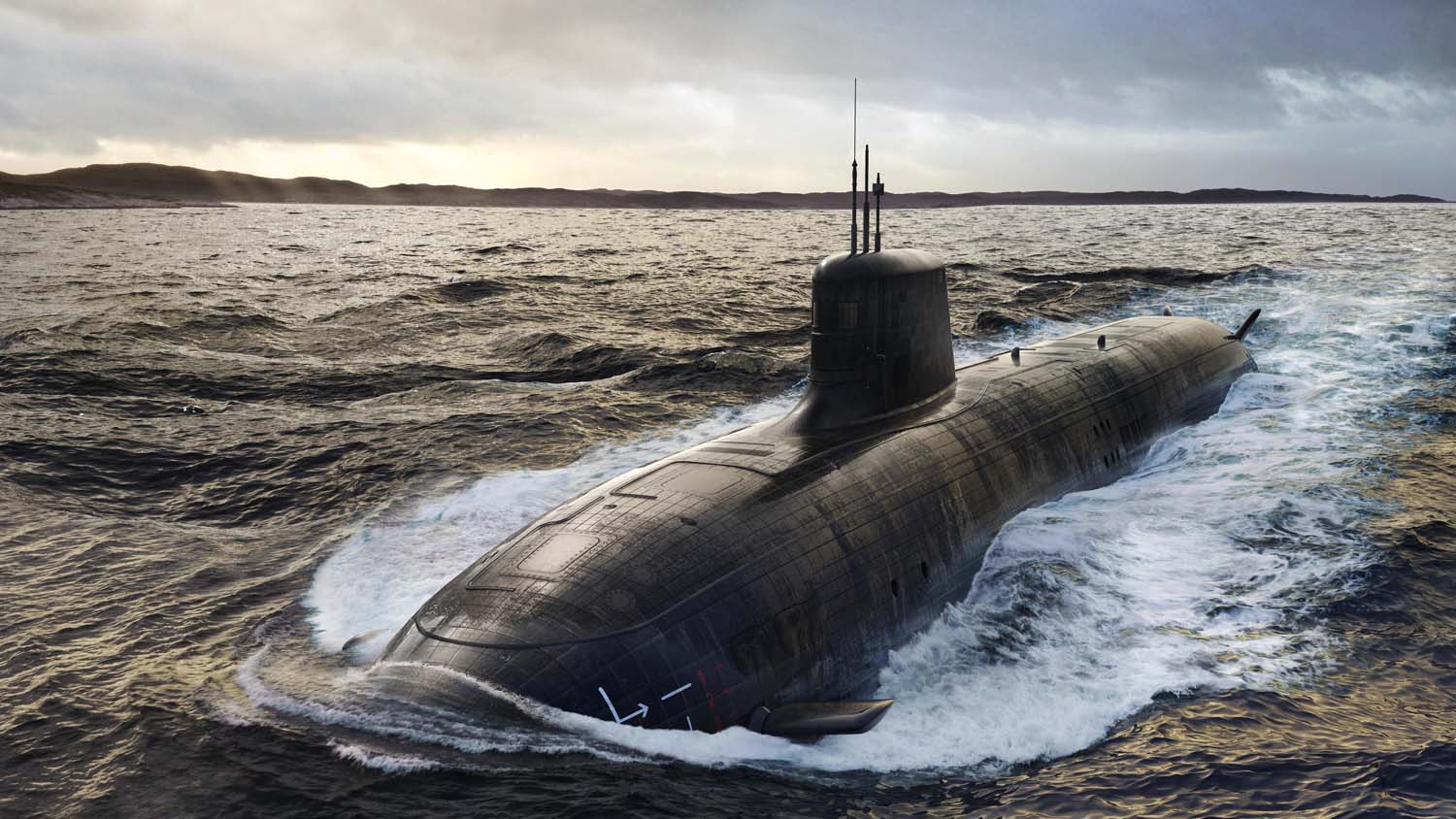
The Indian Ocean has been a critical maritime trade route linking Africa, the Middle East, and Asia since the 3rd century BCE, facilitating the exchange of goods, cultures, and economies. European colonial powers, starting with the Portuguese in the 15th century and culminating in British dominance by the 19th century, exploited its strategic importance to build global empires. During the Cold War, it became a key battleground for U.S.-Soviet competition, evidenced by U.S. bases like Diego Garcia and Soviet alliances with India and Ethiopia. Today, the Indian Ocean remains pivotal for global trade, energy flows, and military logistics, cementing its status as a contested geopolitical space.
The Indo-Pacific region, encompassing over 60% of the world’s population and economy, drives global growth with a combined GDP exceeding $30 trillion. Key economies such as China, Japan, and India attract substantial foreign investment, with ASEAN (the Association of Southeast Asian Nations) alone receiving nearly $182 billion in 2022. The region contains vital chokepoints like the South China Sea, the Strait of Malacca, and the Strait of Hormuz, each with unique strategic challenges. The South China Sea, crucial for one-third of global trade, is marked by disputes over China’s “nine-dash line” claims and militarization of artificial islands (e.g., Fiery Cross Reef, Subi Reef, Mischief Reef), escalating tensions with the United States, which counters China through Freedom of Navigation Operations. The Strait of Malacca, a key link between the Indian and Pacific oceans, handles 25% of global oil trade but faces risks from piracy and blockades, spurring regional cooperation. Meanwhile, the Strait of Hormuz, which channels 20% of global oil trade, remains volatile due to Iran-U.S. tensions.
The Bay of Bengal has emerged as a strategic hotspot due to rising economic and military activities by India and China, alongside increasing U.S. interest. India’s initiatives like Sagarmala (focused on port modernization) and its Act East policy aim to strengthen ties with Southeast Asia, while China’s Belt and Road Initiative investments, such as Myanmar’s Kyaukpyu port, provide it direct access to the Indian Ocean, bypassing the Strait of Malacca. These developments raise concerns over potential militarization and India’s security vulnerabilities along its eastern coast and the Andaman and Nicobar Islands.
Militarization and Trade
Strategically, the Indo-Pacific has become a military arena where major powers’ interests intersect. The United States bolsters its presence through alliances (e.g., Japan, South Korea, and the Philippines), frameworks like AUKUS (Australia, the United Kingdom, and the United States) and the Quad (the United States, Australia, India, and Japan), and its “Pivot to Asia” policy to counter China’s military expansion and assertiveness. China, with the world’s largest navy (350 warships), employs its “String of Pearls” strategy, establishing ports across the region to secure trade routes and expand its maritime power. India, in response, has strengthened its naval capabilities and defense spending, investing $81.4 billion in 2022, while enhancing partnerships under its Act East policy to protect its trade routes. Similarly, Australia’s $48.7 billion defense budget in 2023 reflects its commitment to securing its Indian Ocean interests.
Smaller states like Seychelles, Maldives, Indonesia, and Sri Lanka seek external support to modernize their security capabilities and address challenges like piracy and territorial disputes. However, dependency on major powers can lead to strategic vulnerabilities, exemplified by Sri Lanka’s financial struggles following significant Chinese investments.
The Consequences of These Tensions
These rivalries have far-reaching effects. Smaller nations must navigate a complex balance between economic ties with China and security alignments with the United States. Globally, these tensions deepen institutional fragmentation, as seen in U.S.-China disputes within institutions like the World Trade Organization. Environmental and non-state threats, such as illegal fishing and climate-induced migration, add to these challenges. Addressing these requires innovative diplomacy and cooperative frameworks to promote stability. Multilateral organizations like ASEAN and the Indian Ocean Rim Association play crucial roles in fostering dialogue on economic and security issues while advocating for collective regional interests.
While these arrangements aim to enhance stability, they also contribute to regional militarization and, if not managed carefully, risk heightening geopolitical tensions.
An artist rendering shows a possible design for SSN-AUKUS submarines. Credit: Rendering from BAE Systems, via Wikimedia Commons





